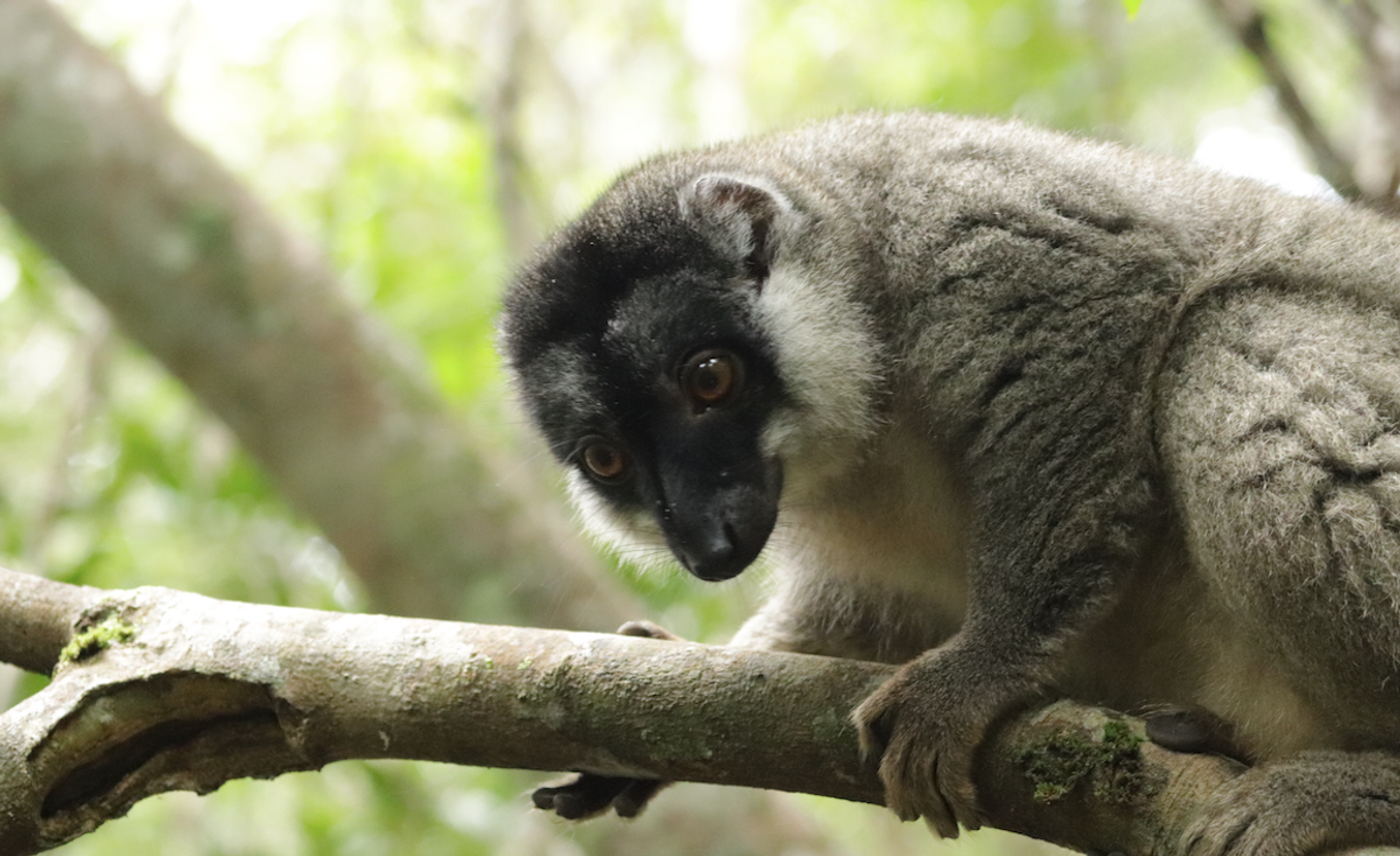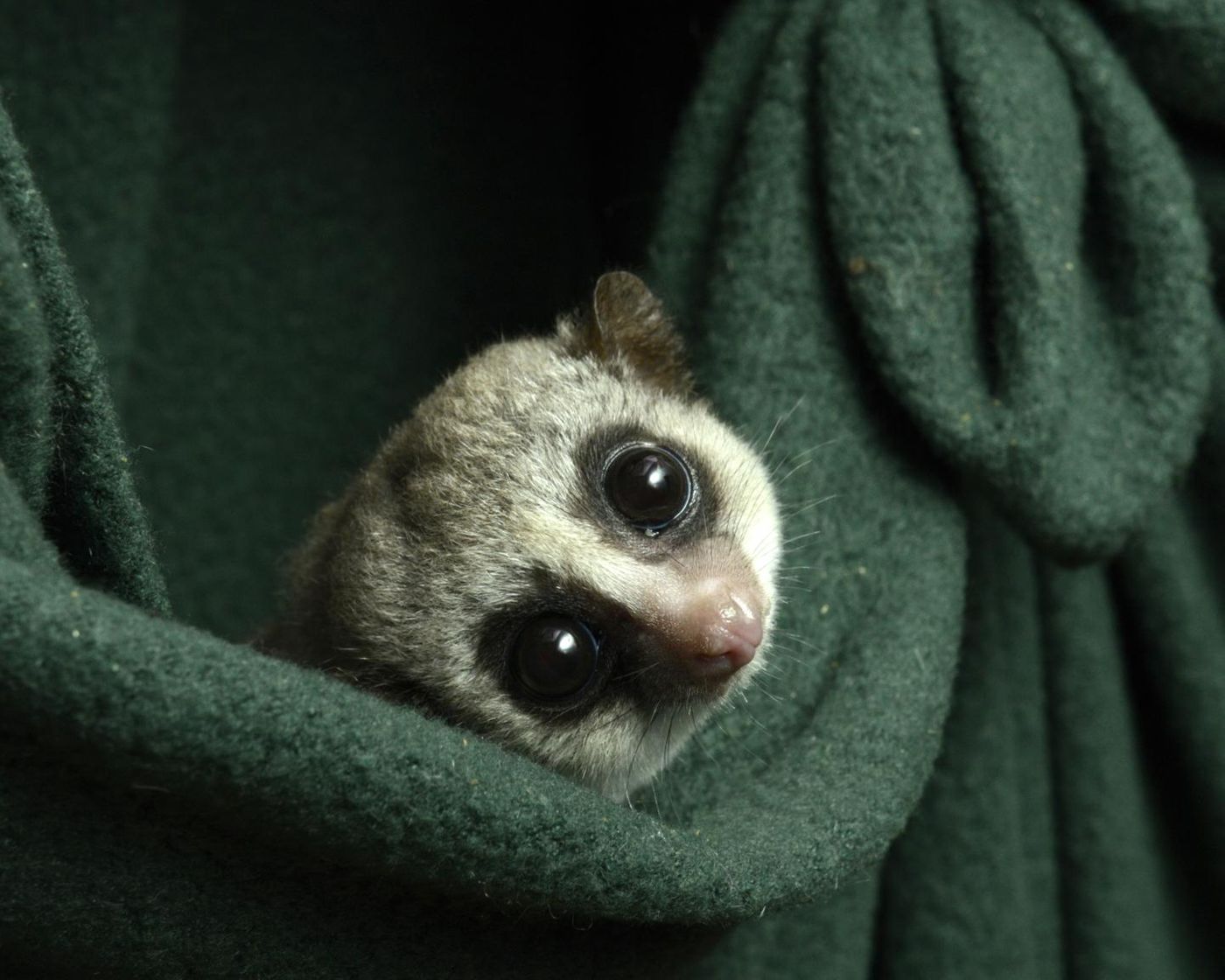Habitat Recreation Coaxes Captive Lemurs Into Hibernation
Many types of lemurs live in the forests of Madagascar, a large island off the coast of Africa. In the wild, the fat-tailed dwarf lemur gorges on high-calorie foods and then spends about seven months in hibernation, living off of the fat stored in its tail. The Duke Lemur Center has been trying to develop a habitat for these animals that is close enough to their natural environment so they will behave as they do in the wild, including hibernation. Now, in a major success story, eight of these lemurs entered deep hibernation at the Center.
"They did not disappoint," said project leader and research scientist Marina Blanco. "Indeed, our dwarf lemurs hibernated just like their wild kin do in western Madagascar."
Blance spent 15 years studying dwarf lemurs in Madagascar, and knew that their behavior in captivity was different. In the summer, captive dwarf lemurs get extra food so they'll add weight like they would in the wild. And while they'll go into a state of torpor, in which their body temperature and heart rate drop, they don't stay that way for more than a day. This presented Blanco with a host of questions, including whether they could teach humans about what it takes to pause our own bodies for various periods of time.
"Hibernation is literally in their DNA," Blanco said.
By carefully recreating some of the same environmental features they'd experience in the wild in an indoor enclosure, like seasonal changes in temperature and imitation wood hollows, the researchers were able to coax the lemurs into hibernating in captivity like they do in the wild. The work has been published in Scientific Reports.
"We've been able to replicate their wild conditions well enough to get them to replicate their natural patterns," said Erin Ehmke, who directs research at the center.
The eight lemurs spent about 70 percent of their time during the first four months in a state of metabolic slow-motion; they barely moved or breathed, stayed curled up and cool to the touch, and showed little interest in food for as many as eleven days at a time, like those in the wild.
Temperatures are beginning to get warmer in North Carolina as spring approaches, and the lemurs are emerging from hibernation. They got physicals that showed they had lost 22 to 35 percent of their body weight but otherwise, they're healthy and well, with increased heart rates and appetites.
"But until now, if you wanted to study hibernation in these primates, you needed to go to Madagascar to find them in the act," Blanco said. "Now we can study hibernation here and do more close monitoring."
The researchers will continue their studies, and are planning to monitor metabolites in the lemur enclosures in a non-invasive way to learn more about the biological changes that prepare them for hibernation and that happen when they come out of it. This work might also help us learn more about regenerative medicine in humans.
Sources: AAAS/Eurekalert! via Duke University, Scientific Reports










